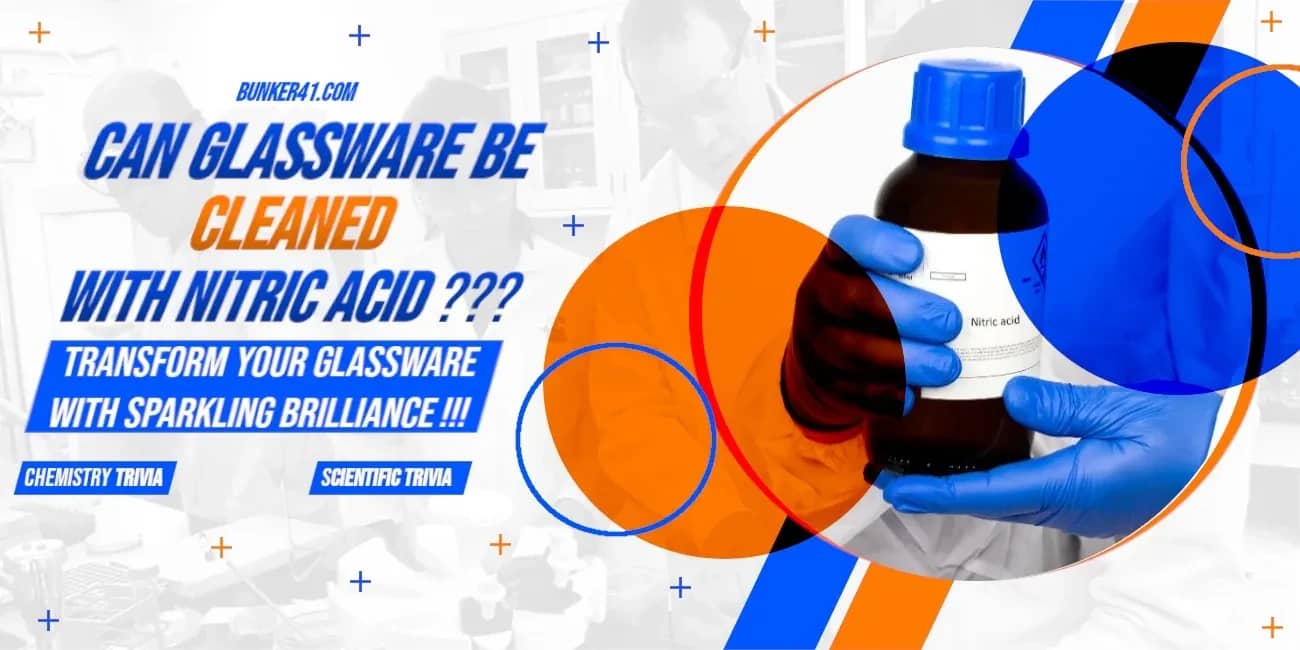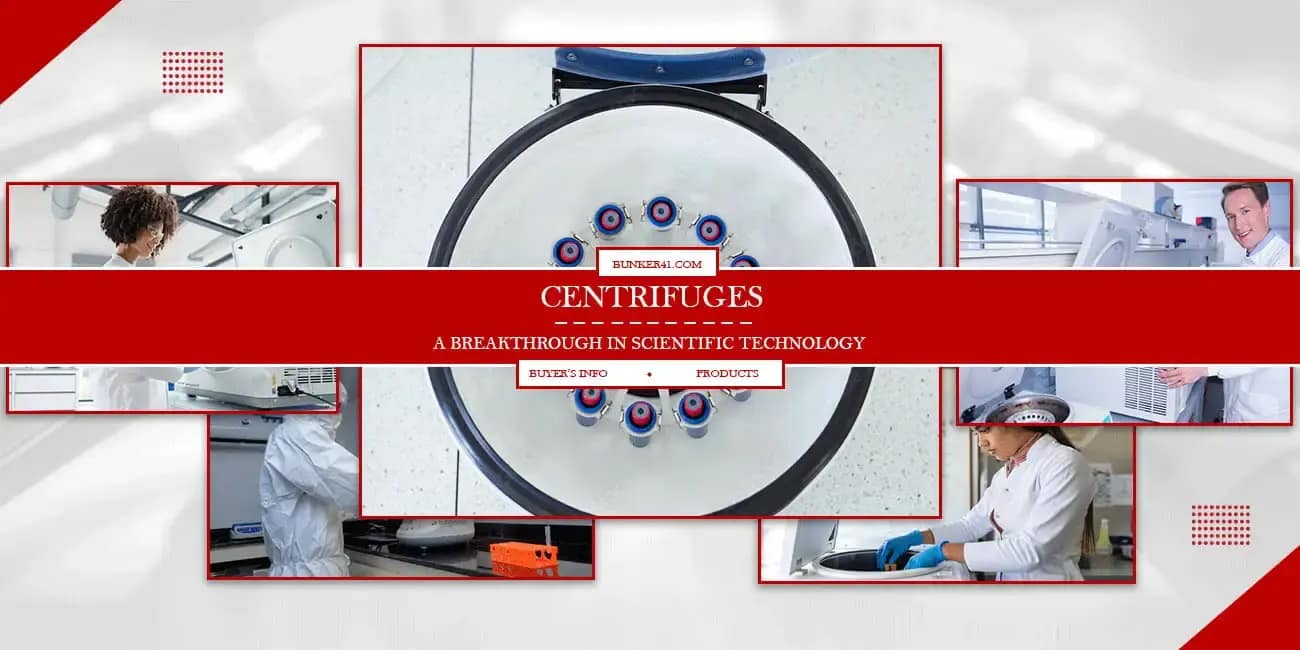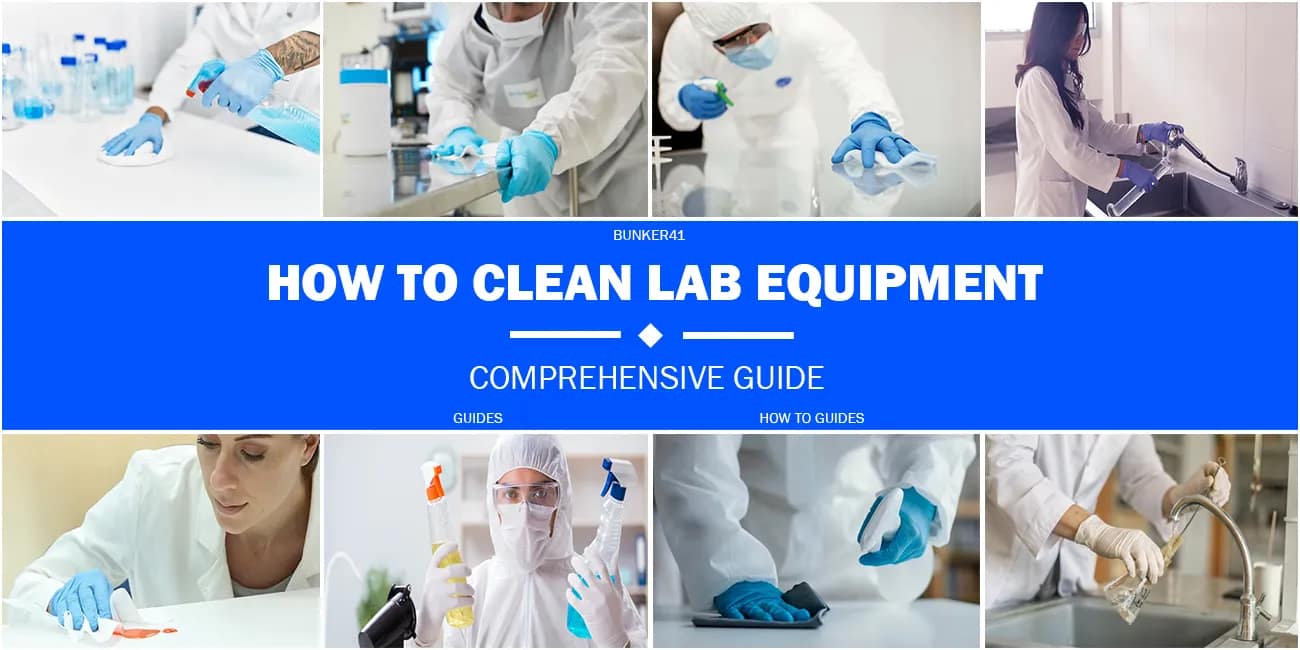Your cart is currently empty!
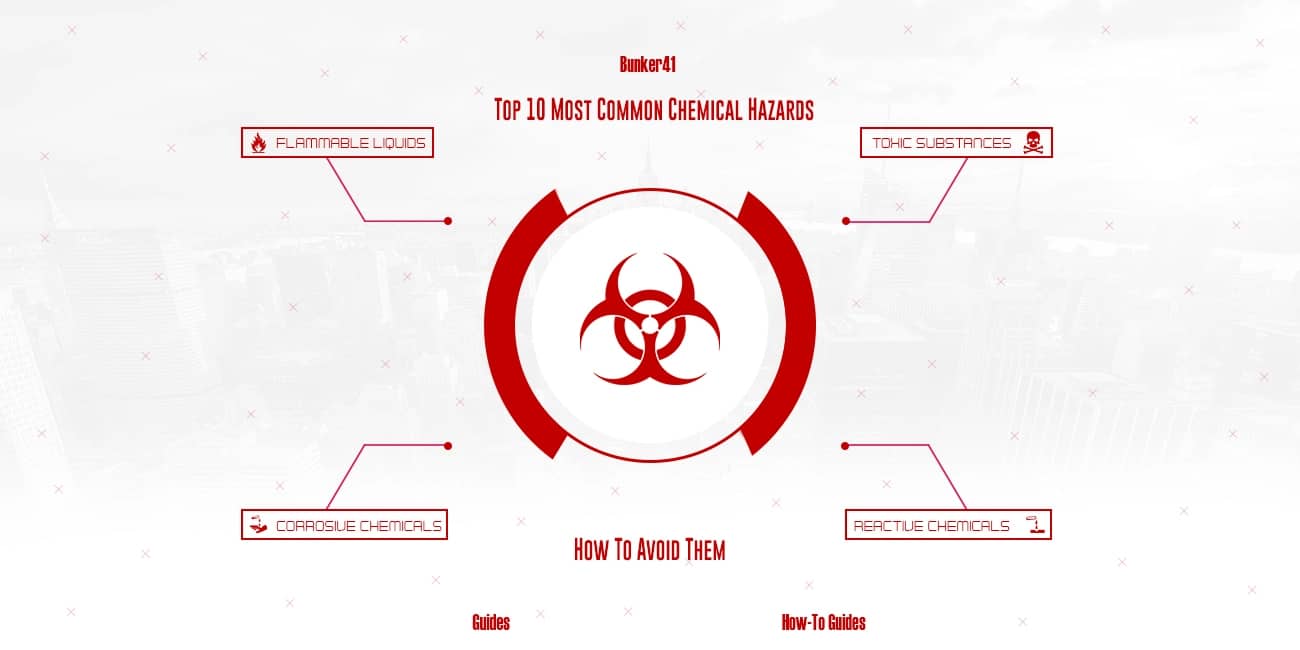
Top 10 Most Common Chemical Hazards – How To Avoid Them In 2025
Introduction
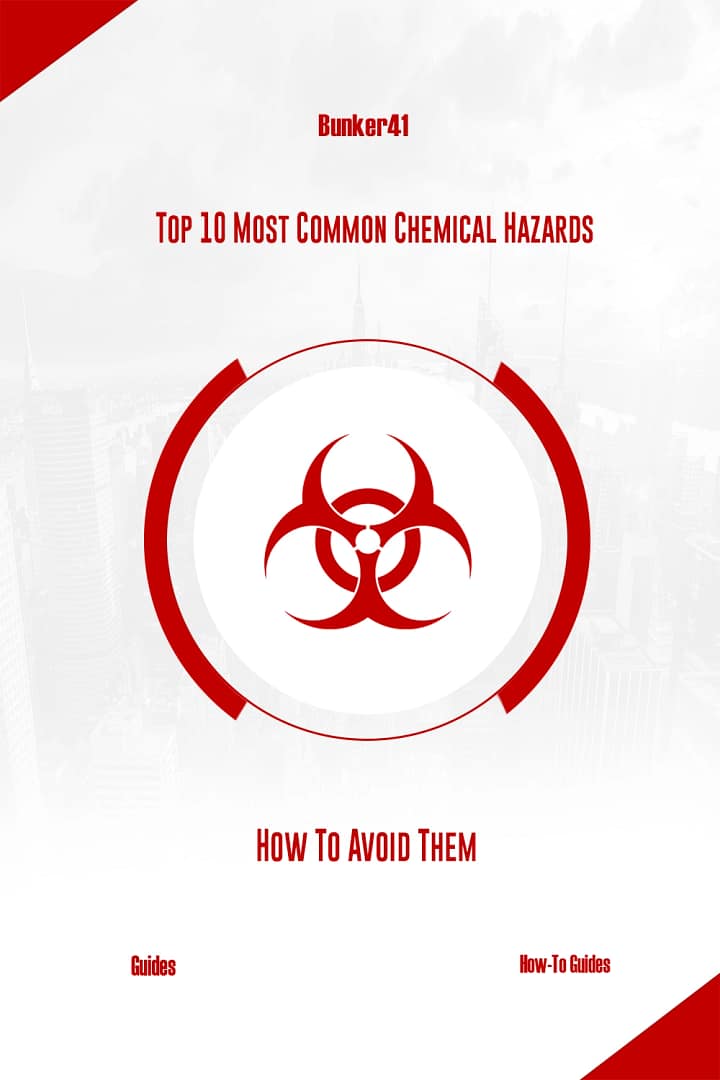
In 2025, the importance of recognizing and managing chemical hazards remains a critical component of occupational safety and health. Whether it’s in laboratories, industrial plants, or even everyday workplaces, the risks posed by chemical exposure to human health are numerous and diverse. From corrosive substances like sodium hydroxide to reproductive toxins and toxic vapors, these hazardous materials can cause serious health hazards ranging from acute toxicity and skin irritation to chronic
lung disease, neurological disorders, and birth defects. The complexity of chemical hazards lies not only in their immediate harmful effects but also in their potential long-term impacts on the human body, including respiratory irritation, organ damage, and increased risk of cancer. Understanding the most common chemical hazards, their routes of exposure—such as inhalation, ingestion, and dermal contact—and how to effectively control exposure is not just about compliance with occupational safety
standards—it’s about safeguarding human health, minimizing environmental factors like air pollution, and ultimately ensuring a safer workplace for all employees. Chemical hazards can present as both physical and health risks, with certain chemicals posing threats like flammability, reactivity, or corrosiveness, while others may lead to health issues like allergic reactions or reproductive toxicity. Inadequate control measures or improper handling can lead to occupational exposure that significantly impacts worker safety. Therefore, it is crucial to have a proactive approach that incorporates a
combination of engineering controls, administrative controls, work practice controls, and the use of personal protective equipment (PPE). In this comprehensive guide, we explore the top 10 most common chemical hazards you might encounter in the workplace and provide practical strategies, such as engineering controls, proper labeling systems, hazard communication, and the use of PPE, to reduce employee exposure and mitigate health risks. By equipping yourself with knowledge about permissible exposure limits, handling chemicals responsibly, understanding safety data sheets, and
recognizing hazard communication symbols, you can take preventive measures to protect yourself and your colleagues from the harmful effects of these toxic substances. Additionally, implementing regular medical surveillance, ensuring proper ventilation, and adhering to best practices for storage and disposal are key steps to maintaining chemical safety. Ultimately, a well-informed workforce, supported by effective safety protocols and hazard recognition, can significantly reduce the risks posed by chemical substances, contributing to a healthier and safer working environment for everyone.
Key Takeaways
Understanding Chemical Hazards In 2025: A Modern Perspective
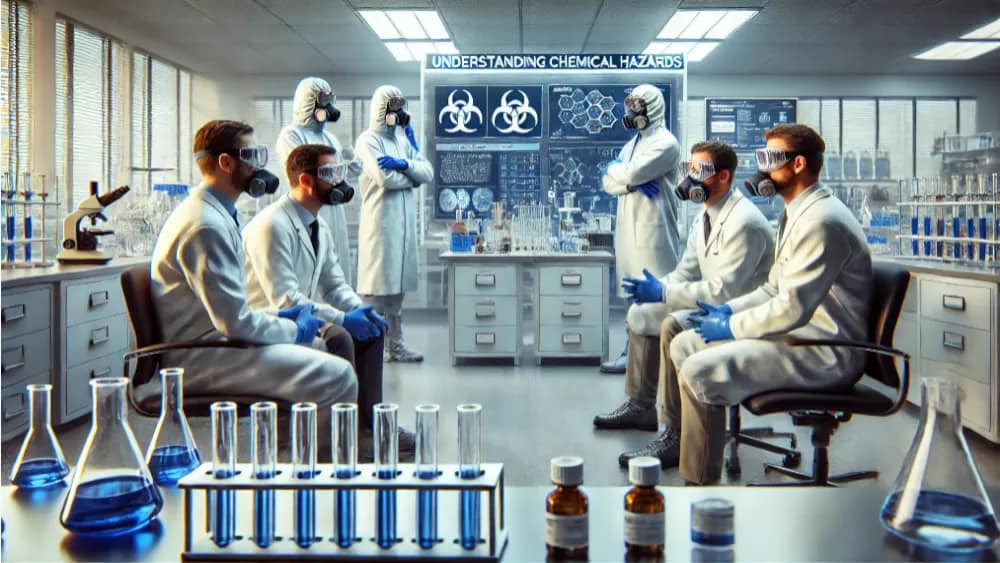
By 2025, chemical safety is no longer just about compliance—it’s about comprehensive protection and prevention.
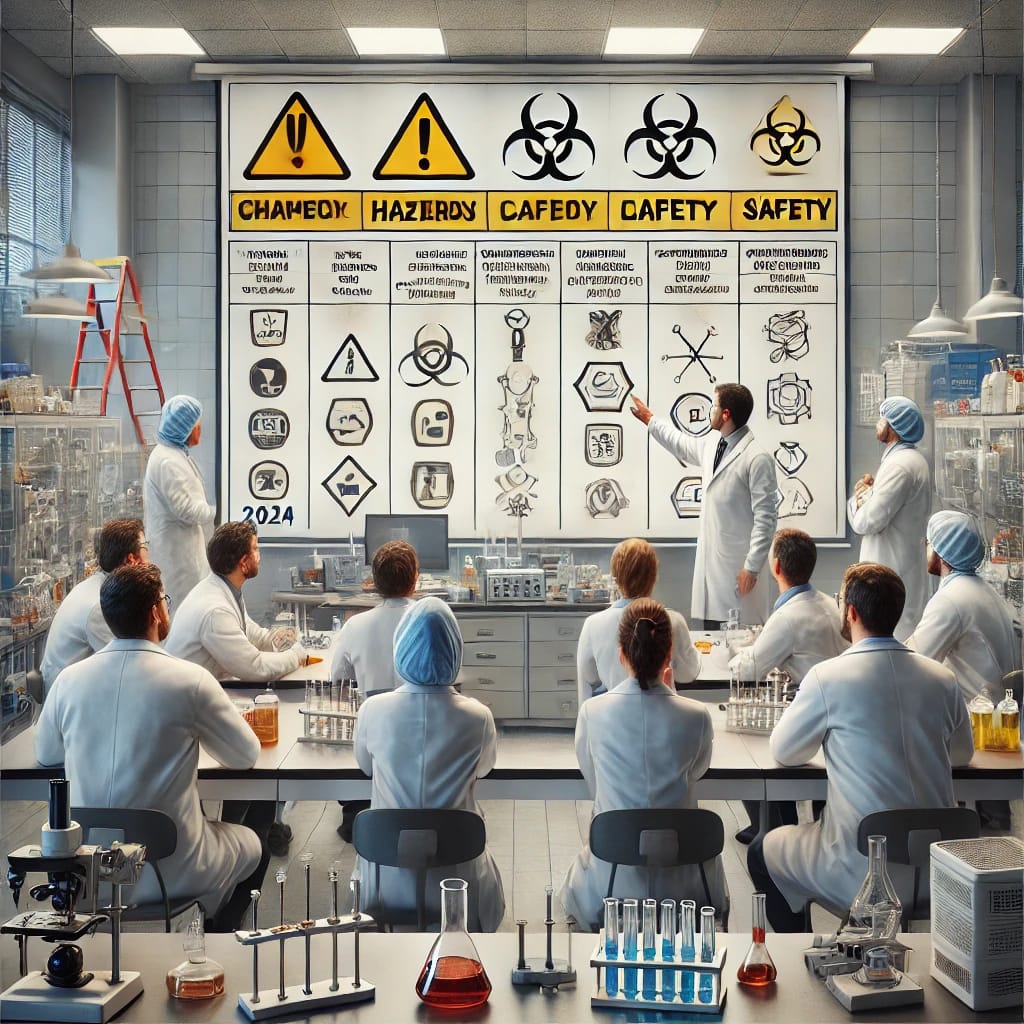
Chemical hazards are an omnipresent concern in modern workplaces, and 2025 brings both new challenges and renewed focus on mitigating these risks. As industries evolve, so do the chemical substances we encounter—from corrosive chemicals like sulfuric acid and sodium hydroxide to reproductive toxins, toxic vapors, and carcinogens, the spectrum of hazardous chemicals has never been more diverse. Understanding chemical hazards today requires a modern perspective,
one that encompasses the complexity of physical, chemical, and health hazards that threaten human health and safety. The impact of chemical exposure can range from acute toxicity, allergic reactions, respiratory irritation, and skin corrosion to chronic health conditions such as lung disease, neurological disorders, endocrine disruption, and even cancer. These health risks are amplified by factors such as improper labeling, inadequate safety protocols, insufficient employee training, lack of proper hazard recognition, and a lack
of effective engineering controls. Occupational safety and health practices must therefore prioritize the recognition, control, and communication of these hazards, focusing on reducing employee exposure through measures like personal protective equipment (PPE), safety data sheets, proper ventilation systems, hazard communication programs, and preventive measures such as regular medical surveillance, work practice controls, spill response procedures, and emergency response planning. Additionally, the implementation of engineering controls, such as fume hoods, closed systems, and
automatic monitoring, plays a vital role in minimizing exposure to hazardous chemicals. This guide aims to offer a nuanced understanding of chemical hazards in 2025, highlighting the most common hazards, their effects on the human body, and best practices to reduce exposure, ensuring a safer environment for everyone involved.
Top 10 Most Common Chemical Hazards
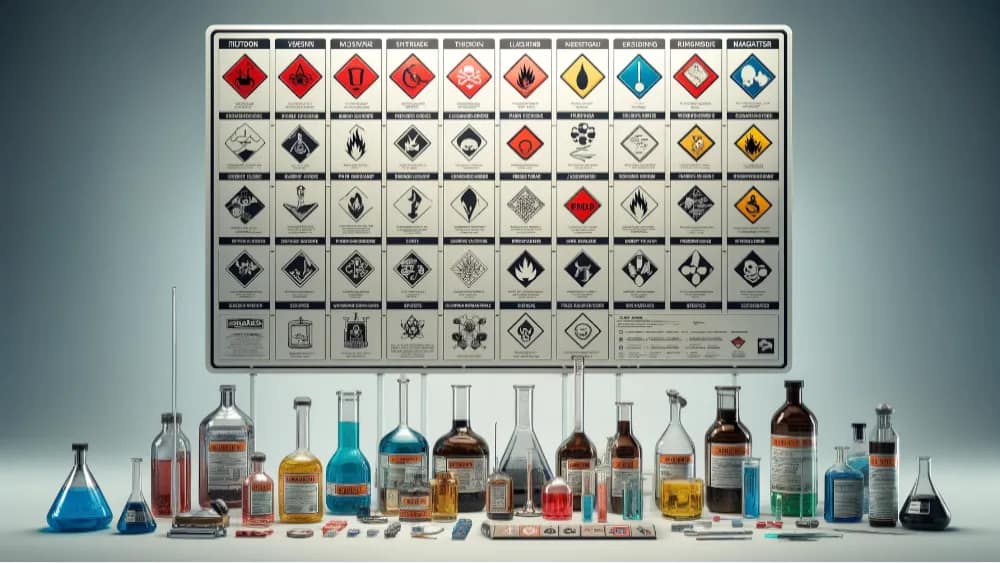
Chemical hazards are an omnipresent concern in modern workplaces, and 2025 brings both new challenges and renewed focus on mitigating these risks. As industries evolve, so do the chemical substances we encounter—from corrosive chemicals like sulfuric acid and sodium hydroxide to reproductive toxins, toxic vapors, and carcinogens, the spectrum of hazardous chemicals has never been more diverse. Understanding chemical hazards today requires a modern perspective, one that encompasses the complexity of physical, chemical, and health hazards that threaten human health and safety. The impact of
chemical exposure can range from acute toxicity, allergic reactions, respiratory irritation, and skin corrosion to chronic health conditions such as lung disease, neurological disorders, endocrine disruption, and even cancer. These health risks are amplified by factors such as improper labeling, inadequate safety protocols, insufficient employee training, lack of proper hazard recognition, and a lack of effective engineering controls. Occupational safety and health practices must therefore prioritize the recognition, control, and communication of these hazards, focusing on reducing employee exposure
through measures like personal protective equipment (PPE), safety data sheets, proper ventilation systems, hazard communication programs, and preventive measures such as regular medical surveillance, work practice controls, spill response procedures, and emergency response planning. Additionally, the implementation of engineering controls, such as fume hoods, closed systems, and automatic monitoring, plays a vital role in minimizing exposure to hazardous chemicals. This guide aims to offer a nuanced understanding of chemical hazards in 2025, highlighting the most common hazards, their
effects on the human body, and best practices to reduce exposure, ensuring a safer environment for everyone involved.
1. Asbestos: The Silent Lung Destroyer
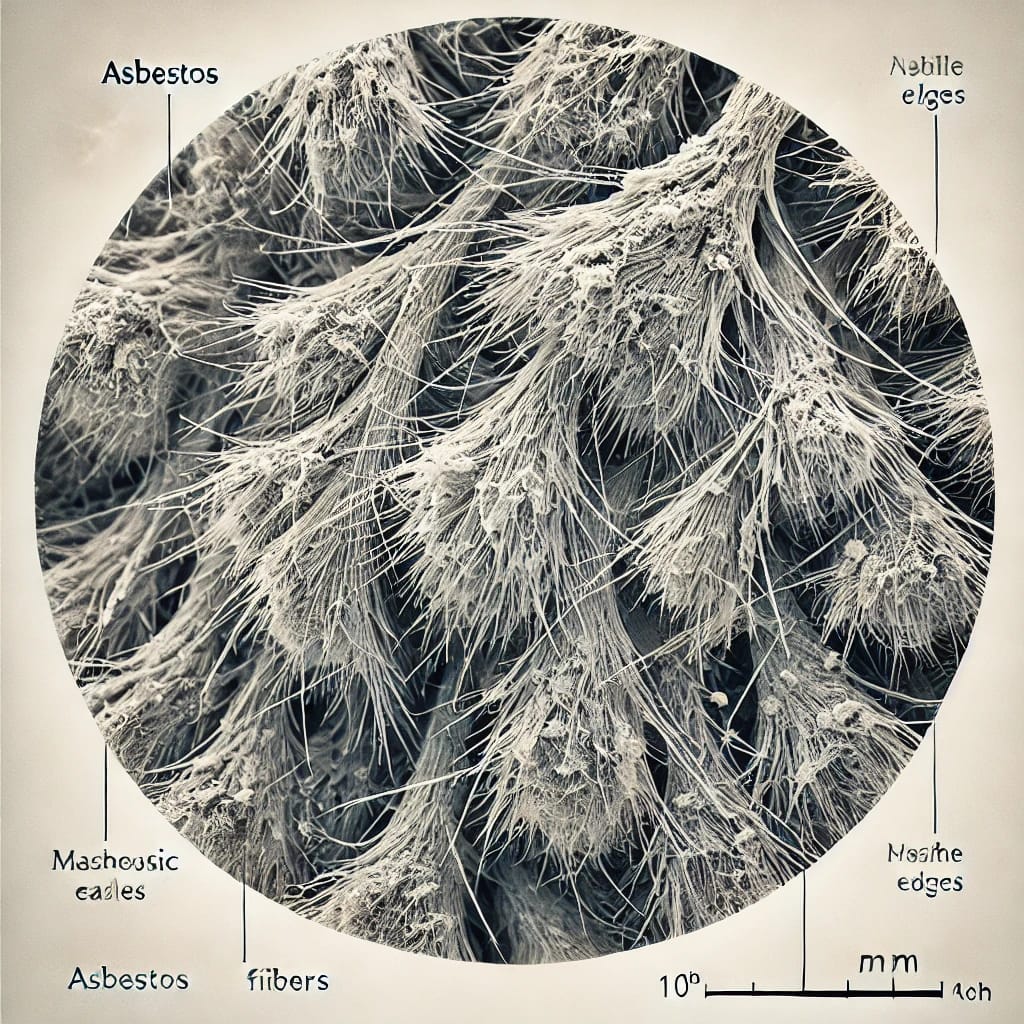
As we navigate the evolving landscape of occupational safety and health in 2025, it is crucial to address some of the most common chemical hazards that persist in various industries. At the forefront of these dangers is asbestos—an insidious substance that earned its reputation as the silent lung destroyer. Widely used in construction, shipbuilding, automotive, and manufacturing industries throughout the 20th century, asbestos exposure continues to pose a significant health
hazard today. The microscopic fibers of asbestos are easily inhaled, embedding themselves deep within the human body, specifically the lungs, where they can cause debilitating conditions such as asbestosis, chronic obstructive pulmonary disease (COPD), lung cancer, and even mesothelioma, a particularly aggressive and deadly form of cancer. The latency period of asbestos-related diseases can span decades, often taking 20 to 50 years for symptoms to manifest, making early detection and prevention all the more critical. Asbestos is a prime example of how toxic
substances can present serious health hazards long after their widespread use has been limited, demonstrating the importance of hazard recognition, proper handling procedures, and ongoing exposure monitoring. Effective control measures, such as engineering controls like negative pressure enclosures, proper labeling of asbestos-containing materials, routine air quality monitoring, and the use of personal protective equipment (PPE), are vital to minimize exposure and protect worker safety. Proper training on asbestos abatement procedures and adherence to permissible exposure limits are also key to reducing
occupational exposure. Despite its reduced prevalence, asbestos remains a chemical hazard that cannot be underestimated—a stark reminder of the lasting impact hazardous materials can have on human health when proper precautions are not taken.
2. Benzene: A Cancerous Chemical In Everyday Life
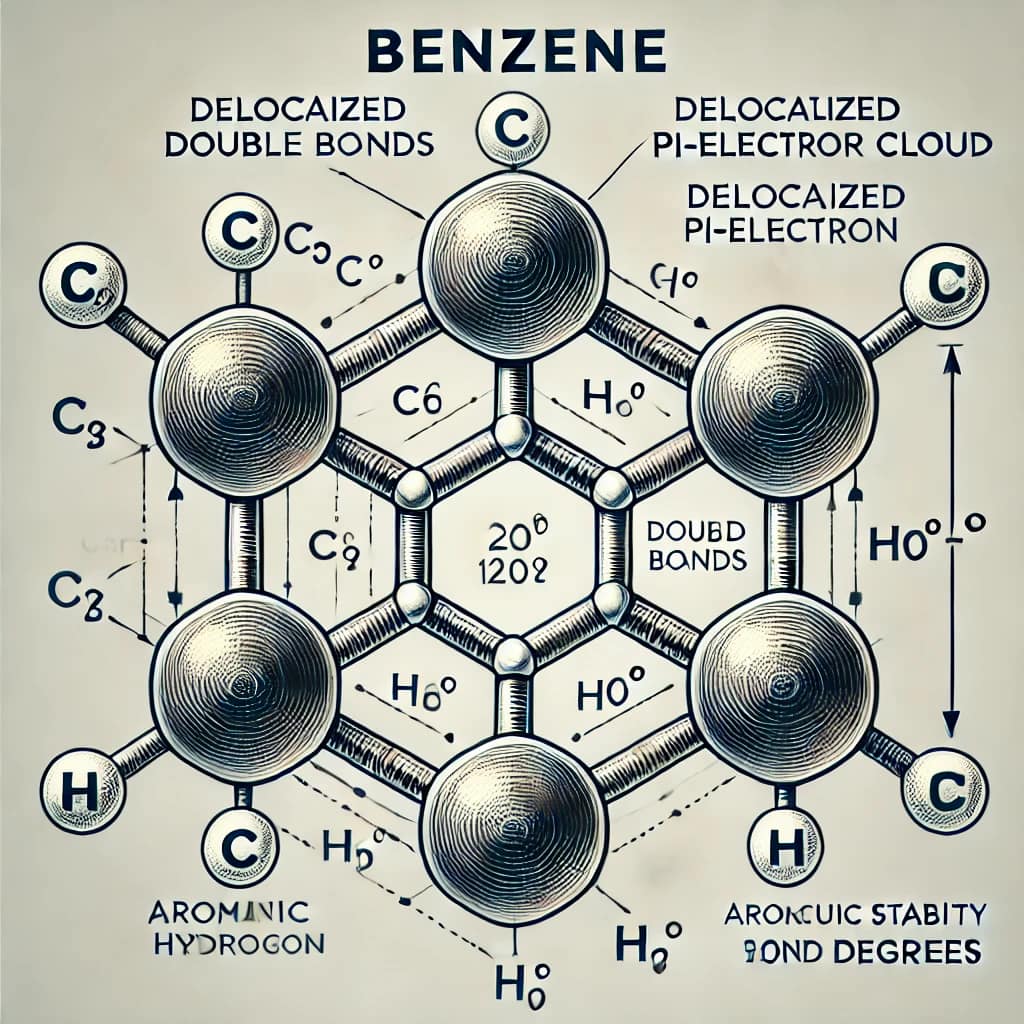
Benzene is a chemical that might be closer to your daily life than you think, and its presence poses a serious health hazard that cannot be ignored in 2025. Known for its sweet, aromatic odor, benzene is a volatile organic compound (VOC) found in a range of everyday products, from gasoline and plastics to pesticides and household cleaners. Despite its widespread use, benzene is a toxic substance that has been classified as a Group 1 carcinogen by the International Agency for Research
on Cancer (IARC), meaning it is a known cancer-causing agent in humans. Chronic benzene exposure is associated with a heightened risk of leukemia and other blood-related disorders, making it a significant concern for both occupational safety and human health. Inhalation is the primary route of exposure, as benzene evaporates easily into the air, but dermal contact can also pose health risks. The health effects of benzene exposure can vary from acute symptoms like dizziness, headaches, and respiratory irritation to long-term effects such as immune system
suppression, bone marrow damage, and the development of life-threatening cancers. Given the pervasive nature of benzene in both industrial and consumer environments, effective measures must be taken to control chemical hazards and minimize exposure. Implementing engineering controls, such as proper ventilation systems, and providing personal protective equipment (PPE) are crucial steps in reducing employee exposure in workplaces where benzene is prevalent. Additionally, hazard recognition, proper labeling of hazardous materials, safety data sheets, and adherence to permissible exposure
limits (PELs) are essential components of an effective chemical safety program.
3. Formaldehyde: Dangerous In Small Quantities
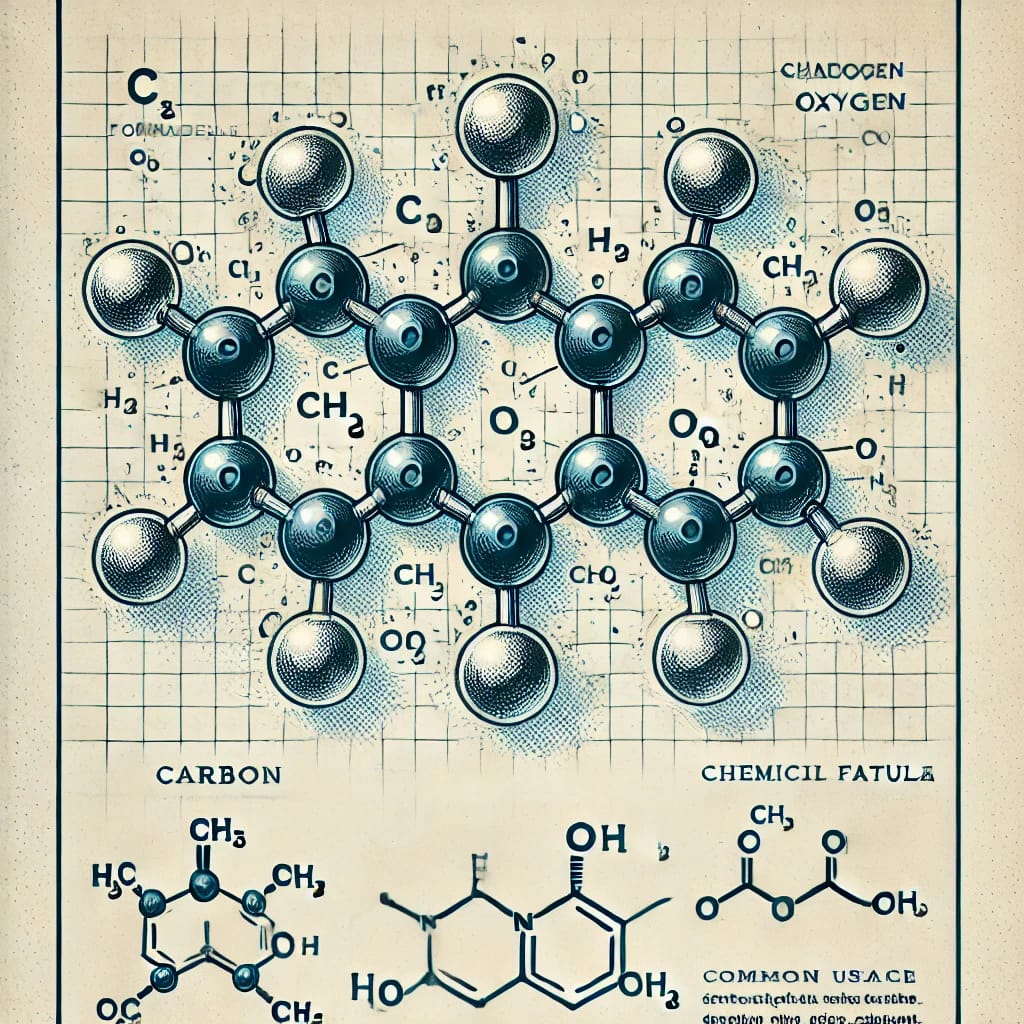
Formaldehyde is a chemical that has earned a notorious reputation for being hazardous even in minuscule amounts, making it a significant concern for occupational safety and human health in 2025. This colorless, pungent-smelling gas is used extensively in the production of building materials, household products, and as a preservative in laboratories and mortuaries. Despite its widespread utility, formaldehyde is a toxic substance known for its acute and chronic health risks.
Exposure to formaldehyde can occur through inhalation, dermal contact, or ingestion, and even at low concentrations, it can cause serious health hazards including respiratory irritation, skin reactions, and eye discomfort. Chronic exposure has been linked to an increased risk of certain cancers, particularly nasopharyngeal cancer and leukemia, highlighting its classification as a known human carcinogen by agencies like the International Agency for Research on Cancer (IARC) and the Environmental Protection Agency (EPA). Managing
formaldehyde exposure requires rigorous adherence to permissible exposure limits (PELs), effective engineering controls like proper ventilation, and the use of personal protective equipment (PPE) to reduce employee exposure. Safety data sheets (SDS) and clear hazard communication are also critical for ensuring worker safety. Given its volatile nature, formaldehyde’s health effects can escalate quickly from minor irritation to severe respiratory issues, making hazard recognition and preventive measures imperative.
4. Hydrogen Sulfide: The Toxic Gas You Can’t Smell for Long
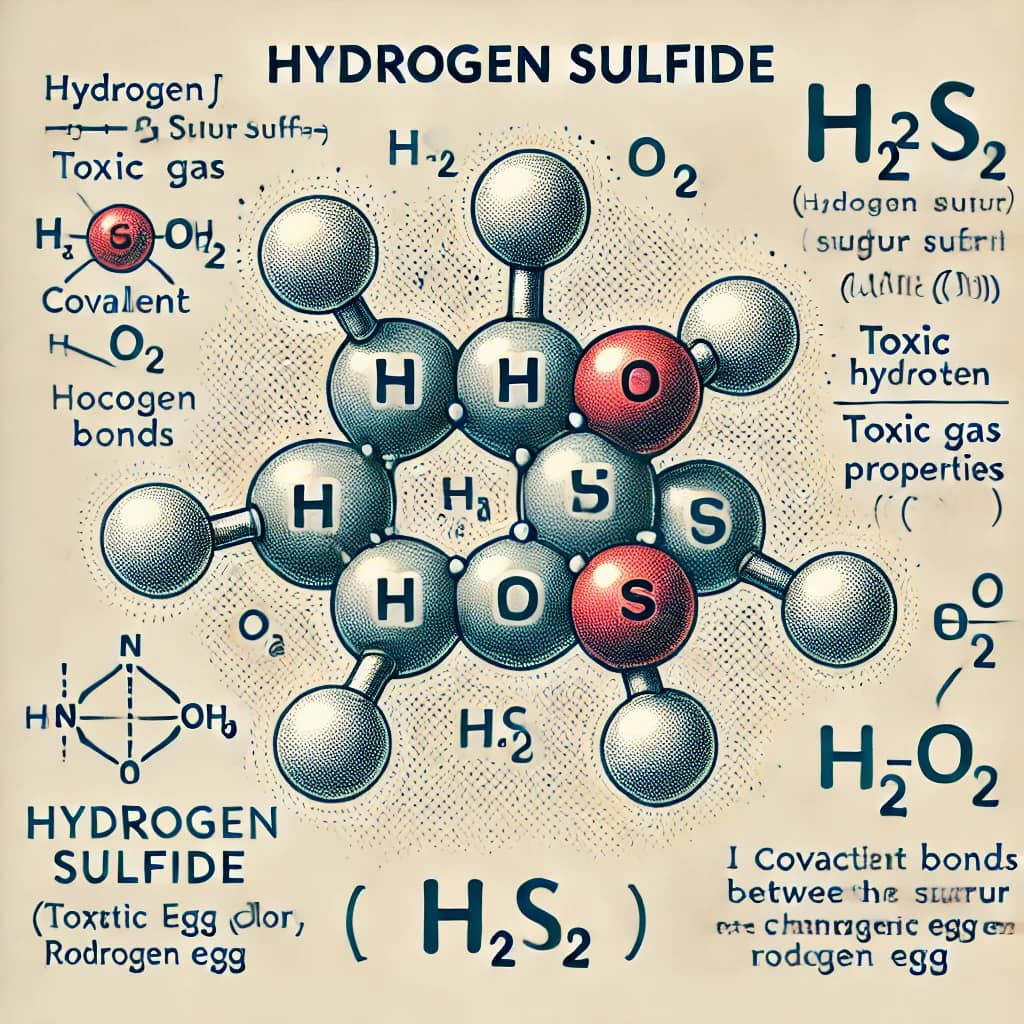
Hydrogen sulfide (H₂S) is a chemical hazard that carries a deceptive danger—its strong odor of rotten eggs quickly fades, even while its toxic effects escalate. Often called the “silent killer,” hydrogen sulfide is a colorless, highly toxic gas that is commonly found in industries such as petroleum refining, natural gas processing, wastewater treatment, and agricultural operations. Despite its distinctive smell, H₂S can numb the olfactory senses at higher concentrations, making it
impossible to detect without specialized monitoring equipment. Exposure to hydrogen sulfide poses significant health risks, including respiratory irritation, dizziness, unconsciousness, and in severe cases, even death. The health hazards associated with H₂S exposure are largely dependent on its concentration and duration, with acute exposure at high levels causing immediate respiratory failure or asphyxiation. Hydrogen sulfide’s hazardous nature demands stringent occupational safety measures, including proper engineering controls, such as ventilation systems, gas
detectors, and personal protective equipment (PPE) to control exposure and minimize health risks. Workers handling this toxic substance must be trained in hazard recognition, emergency response, and the use of safety data sheets to ensure proper handling and prompt intervention during incidents. Given the serious health hazard posed by hydrogen sulfide, adherence to permissible exposure limits (PELs) and biological exposure indices (BEIs) is critical for worker safety. This blog will provide an in-depth exploration of hydrogen sulfide, including its routes of exposure, health effects, and preventive measures that can
help mitigate its risks, ultimately ensuring a safer work environment amidst the challenges posed by this dangerous yet often underestimated chemical hazard.
5. Lead: Still Lurking in the Workplace
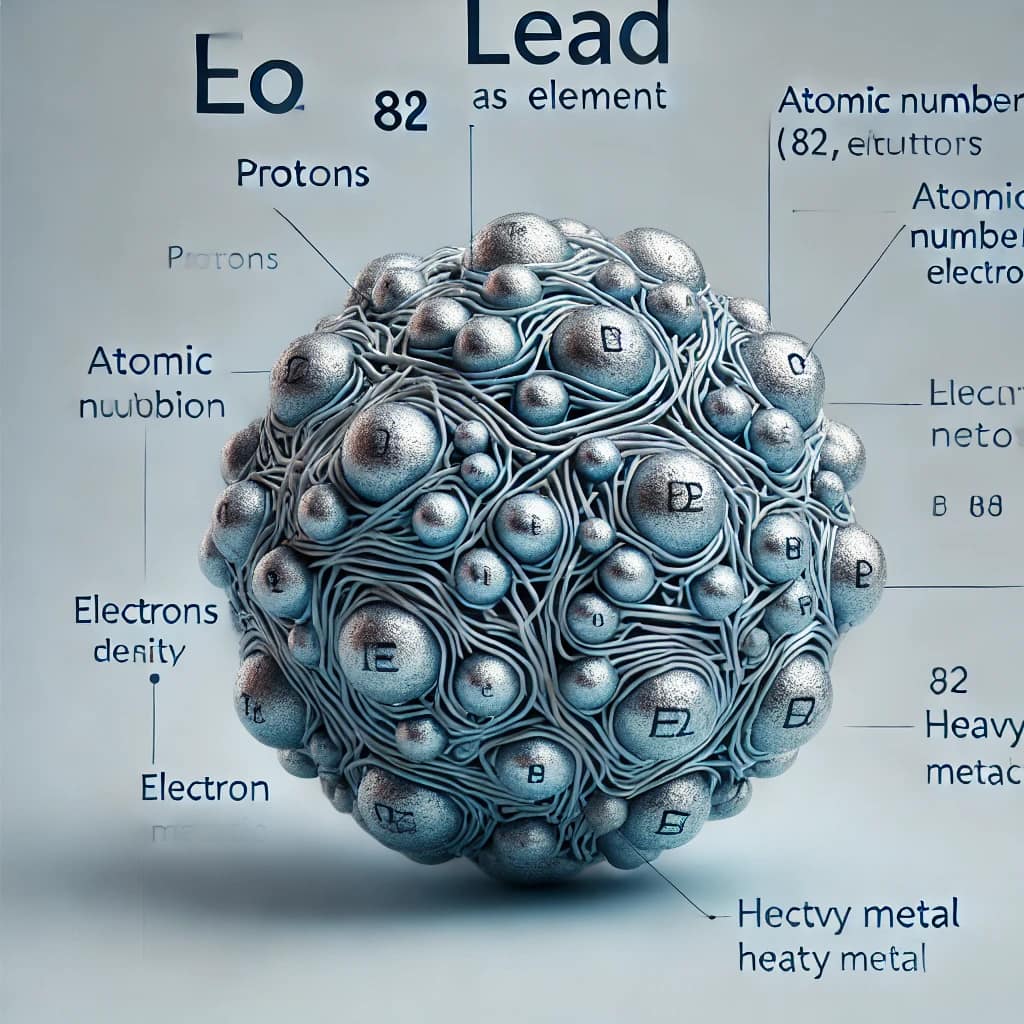
Lead, a heavy metal known for its neurotoxic properties, remains a persistent chemical hazard that continues to lurk in many workplaces. Despite significant regulations and bans, lead is still found in a variety of industrial settings, including battery manufacturing, construction, smelting operations, and even in certain paints and coatings. Occupational exposure to lead occurs primarily through inhalation of lead dust or fumes, as well as ingestion when contaminated surfaces are not properly
cleaned. Once lead enters the human body, it accumulates in the bones, blood, and soft tissues, leading to a host of severe health hazards. Chronic exposure to lead can cause neurological damage, cognitive impairments, reproductive toxicity, kidney dysfunction, and cardiovascular issues. Even low levels of lead exposure can have serious health effects, particularly for vulnerable populations such as pregnant workers, where it may result in birth defects or developmental issues in children. To mitigate the risks associated with lead exposure, strict adherence to occupational safety protocols is
essential. This includes the use of engineering controls such as local exhaust ventilation, personal protective equipment (PPE) like respirators and gloves, and rigorous hygiene practices to prevent ingestion. Safety data sheets (SDS) and effective hazard communication are crucial in ensuring that workers are informed of the risks and appropriate control measures. Monitoring of biological exposure indices (BEIs) and adherence to permissible exposure limits (PELs) are also critical components of a comprehensive lead safety program.
6. Mercury: Heavy Metal with Severe Consequences
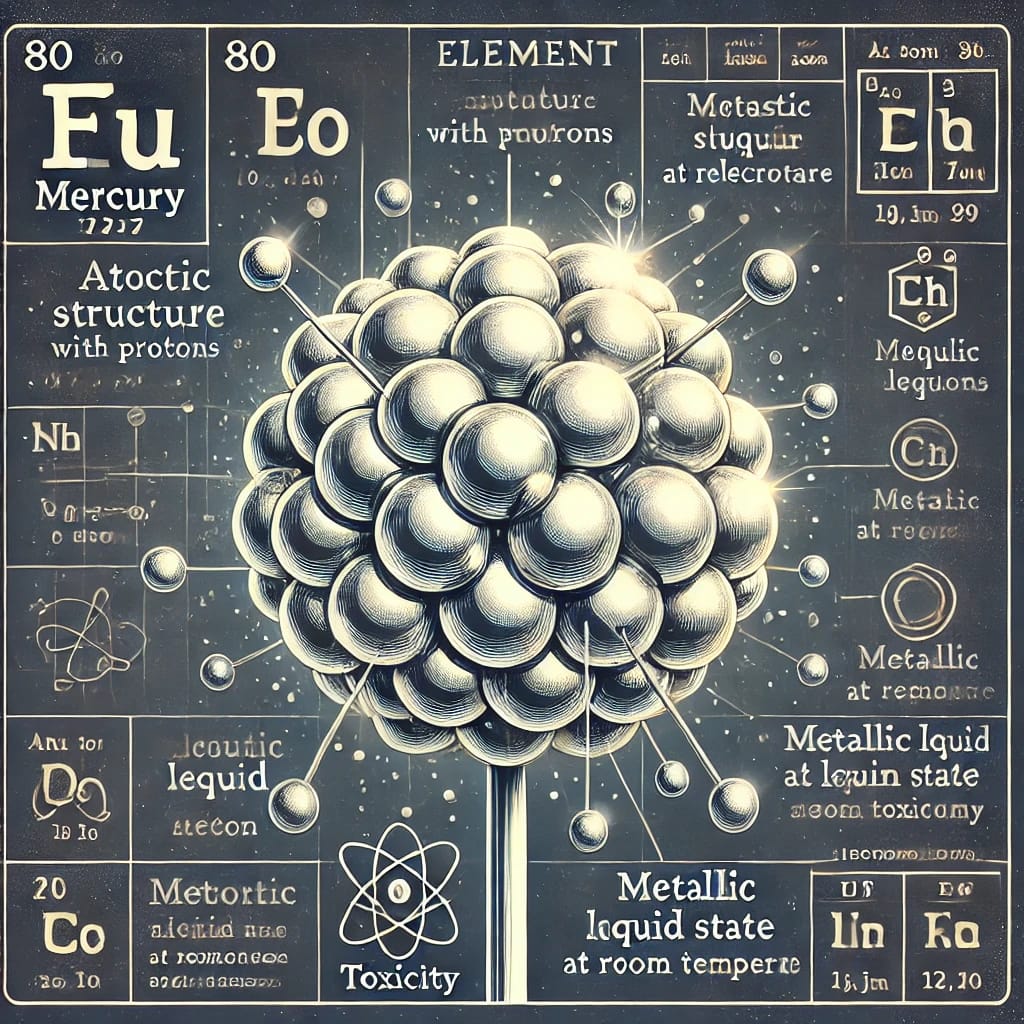
Mercury, a heavy metal with a notorious history, continues to pose a severe chemical hazard in 2025, especially in industries where its toxic properties are overlooked or poorly controlled. Found in thermometers, dental amalgams, batteries, and industrial processes such as mining and chemical manufacturing, mercury is a hazardous substance that demands our constant vigilance. This silvery liquid metal is highly toxic, with even small amounts capable of causing significant health hazards to
the human body. Mercury exposure can occur through inhalation of vapors, dermal contact, or ingestion, with the central nervous system being particularly vulnerable. Chronic exposure to mercury can lead to devastating neurological effects, including cognitive impairments, memory loss, and tremors, while acute exposure can cause respiratory irritation, lung damage, and kidney dysfunction. Of particular concern is methylmercury, an organic form of mercury that bioaccumulates in aquatic food chains, posing serious health risks when ingested through contaminated fish. Controlling
mercury exposure requires a multifaceted approach involving engineering controls, rigorous safety protocols, and the use of personal protective equipment (PPE). Proper ventilation, mercury spill kits, and continuous air monitoring are essential engineering controls to reduce exposure risks, while effective hazard communication, safety data sheets, and adherence to permissible exposure limits (PELs) help in maintaining occupational safety and health standards. Preventive measures like medical surveillance and the establishment of exposure limits are critical to mitigate the actual risk that mercury presents.
Mercury remains one of the most common chemical hazards that requires diligent management to minimize exposure and protect human health, underscoring the need for ongoing awareness and adherence to best practices in chemical safety.
7. Silica Dust: Small Particles, Big Health Problems
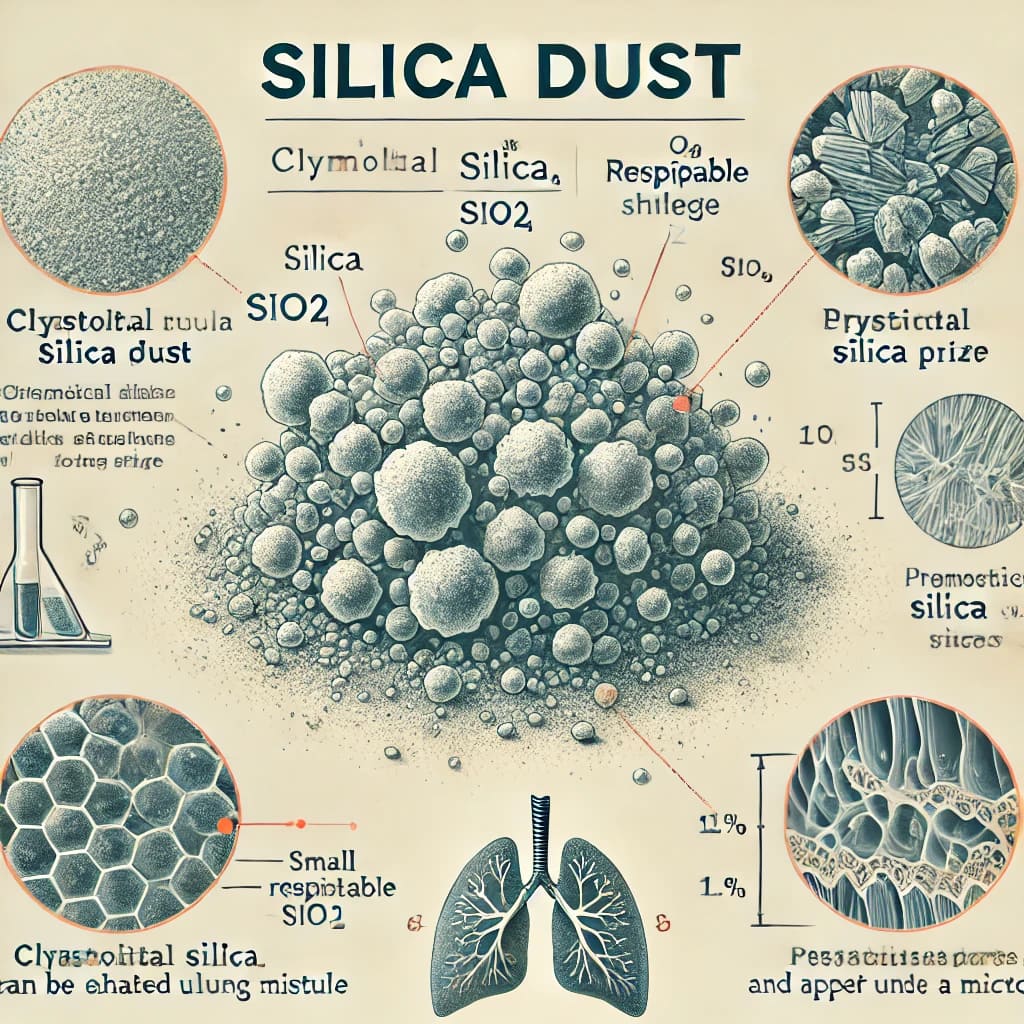
Silica dust is one of those deceptively small hazards that carries immense health implications, making it a critical concern for occupational safety in 2025. Crystalline silica, found abundantly in materials such as sand, stone, concrete, and brick, is released into the air as dust during activities like cutting, grinding, or drilling. Once airborne, these tiny particles are easily inhaled, embedding deep into the lung tissues where they can trigger a cascade of health issues. The most serious of
these is silicosis, a debilitating lung disease that results from the scarring and hardening of lung tissue, leading to reduced lung function, chronic respiratory problems, and, in severe cases, death. Silica dust exposure is also linked to other serious health risks, including lung cancer, chronic obstructive pulmonary disease (COPD), and kidney disease. Despite being a well-known hazard, silica dust remains a pervasive risk in many industries, from construction to mining, posing serious health hazards to workers. To mitigate the risks associated with silica
dust, stringent occupational safety and health measures are vital. Engineering controls, such as wet-cutting methods, local exhaust ventilation, and enclosed workspaces, are effective in minimizing exposure. Additionally, the use of personal protective equipment (PPE), including respirators, is crucial for reducing employee exposure to harmful silica particles. Employers must ensure that safety data sheets (SDS) are readily available and that workers are well-informed through hazard communication and training programs. Routine air monitoring and medical surveillance are essential to control exposure and
safeguard worker health. Silica dust may be invisible to the naked eye, but its impact on human health is substantial, making it one of the most common chemical hazards that demands vigilance and comprehensive preventive measures to ensure worker safety.
8. Sodium Hydroxide: Corrosive And Common
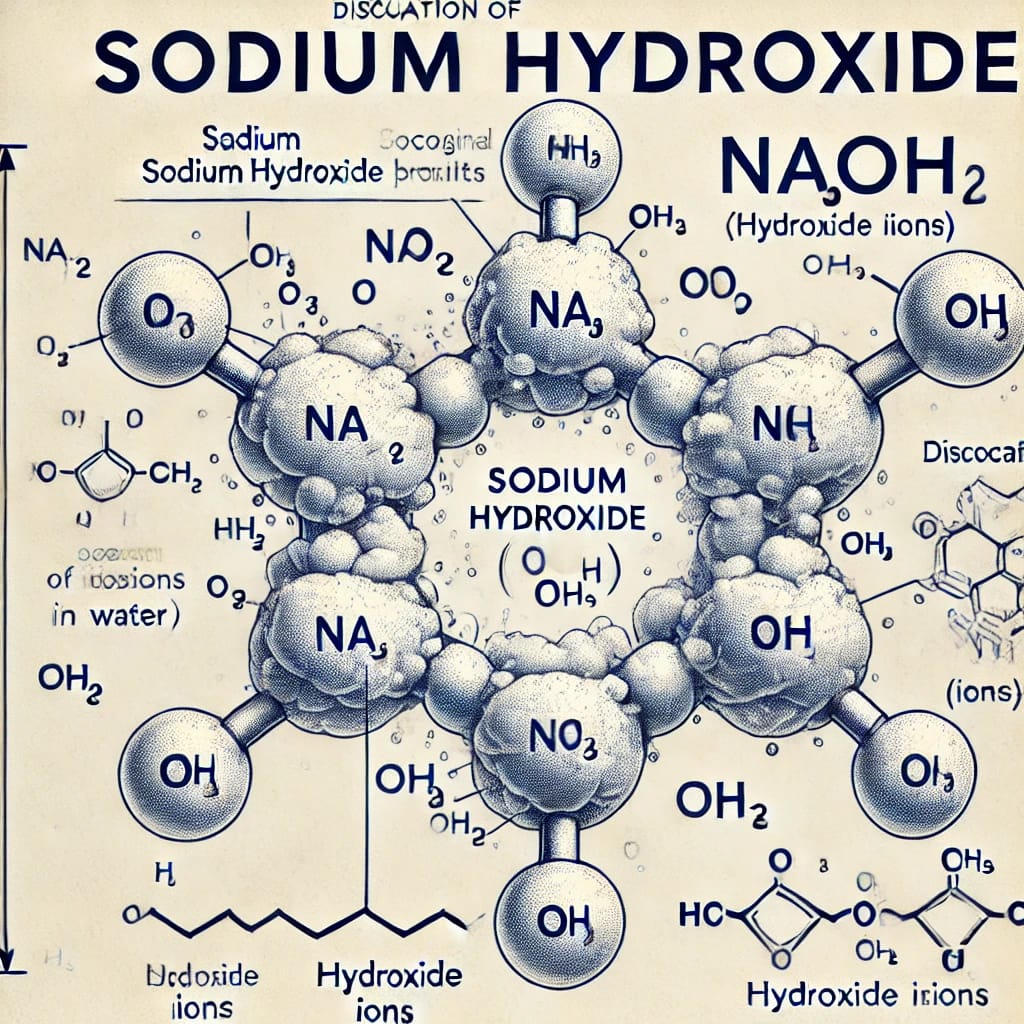
Sodium hydroxide, often called caustic soda or lye, is one of the most common chemical hazards in workplaces, yet its corrosive nature makes it anything but benign. This powerful alkali is used across a wide range of industries, including manufacturing, chemical processing, and cleaning, where it serves as a key component in products like drain cleaners, soaps, and paper production. While its versatility is impressive, sodium hydroxide’s highly corrosive properties present significant health
hazards, particularly when it comes into contact with skin, eyes, or mucous membranes. Even brief exposure can lead to severe chemical burns, skin irritation, and eye damage, potentially resulting in blindness if not promptly addressed. Inhalation of sodium hydroxide dust or mist can also cause respiratory irritation, coughing, and in extreme cases, damage to lung tissues. Given the severity of these health risks, effective control measures are essential to minimize exposure and ensure worker safety. Engineering
controls, such as proper ventilation systems and enclosed processes, are crucial in reducing airborne exposure, while personal protective equipment (PPE), including gloves, goggles, and face shields, is necessary to protect against dermal and ocular contact. Employers must also prioritize hazard communication, ensuring that safety data sheets (SDS) are accessible and that workers are adequately trained to handle sodium hydroxide safely. Proper labeling of hazardous materials and adherence to permissible exposure limits (PELs) are critical in maintaining a safe work environment. Despite being a common industrial
chemical, sodium hydroxide is a hazardous substance that demands respect and rigorous safety protocols to prevent serious health consequences.
9. Toluene: The Industrial Solvent With Neurological Risks
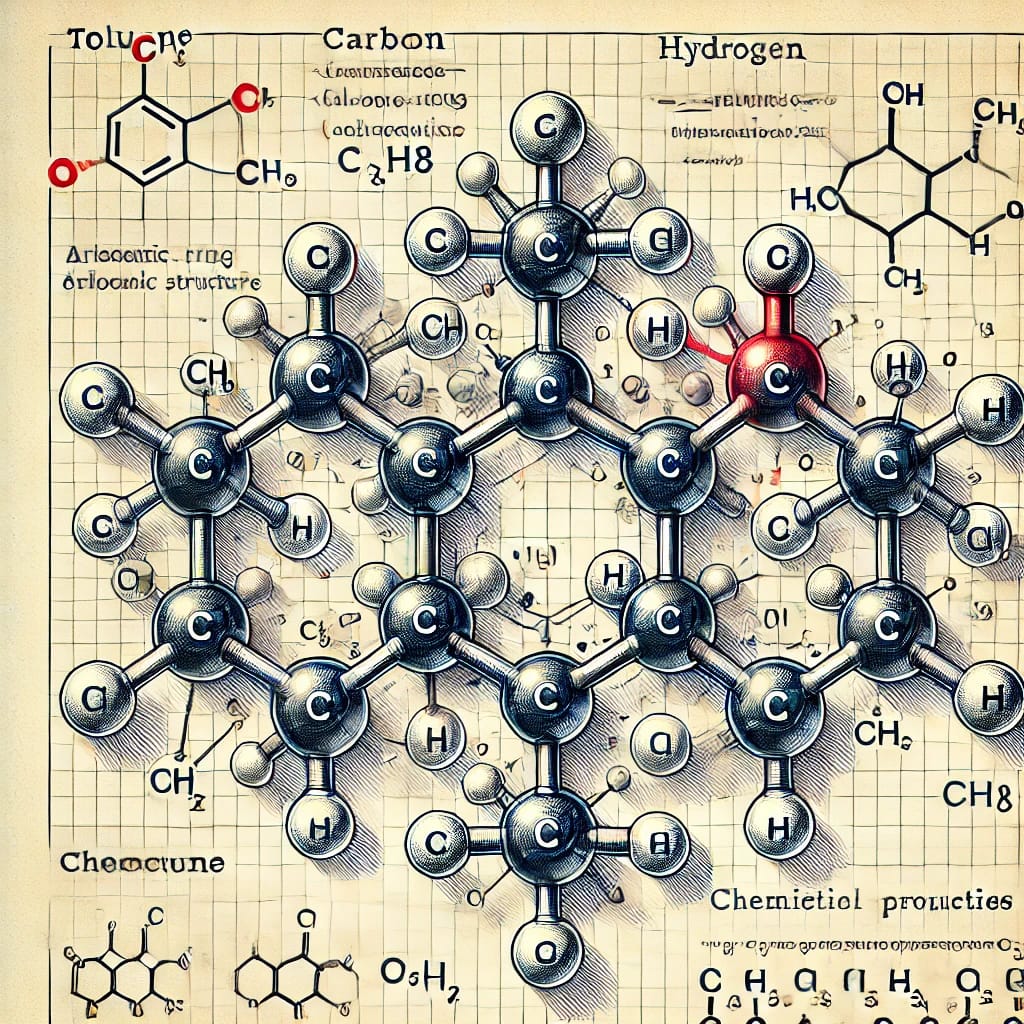
Toluene, an industrial solvent with wide-ranging applications, ranks among the most concerning chemical hazards in 2025 due to its profound impact on neurological health. Found in paint thinners, adhesives, inks, and various cleaning agents, toluene is a colorless, volatile liquid with a sweet odor. Its ubiquity in industrial settings belies its dangerous potential; toluene is a toxic chemical that poses significant health risks when inhaled, ingested, or absorbed through the skin. The most
common route of exposure is inhalation, particularly in poorly ventilated areas where toluene vapors can quickly accumulate. Acute exposure may lead to symptoms such as dizziness, headaches, respiratory irritation, and confusion, while chronic exposure has more severe consequences, including long-term damage to the central nervous system, liver, and kidneys. In particular, toluene is notorious for causing neurological effects—such as memory loss, impaired motor skills, and even permanent brain damage—with chronic occupational exposure, making it a serious health hazard for workers. Minimizing exposure to toluene requires a multi-pronged approach focused on control measures and preventive practices. Engineering
controls, such as adequate ventilation and closed systems, are essential for reducing airborne concentrations of this hazardous substance. Personal protective equipment (PPE), including gloves and respirators, should be used to prevent direct contact and inhalation of vapors. Employers are also responsible for ensuring proper hazard communication, providing access to safety data sheets (SDS), and adhering to permissible exposure limits (PELs) to protect worker safety. Effective work practice controls, such as limiting the time workers spend in areas with high toluene concentrations and ensuring proper storage of materials, are vital in managing exposure risks. Toluene may be a common industrial
chemical, but without proper safety protocols, its harmful effects on human health can be severe, highlighting the importance of vigilance and adherence to occupational safety and health standards.
10. Hydrogen Peroxide: Not As Harmless As It Seems
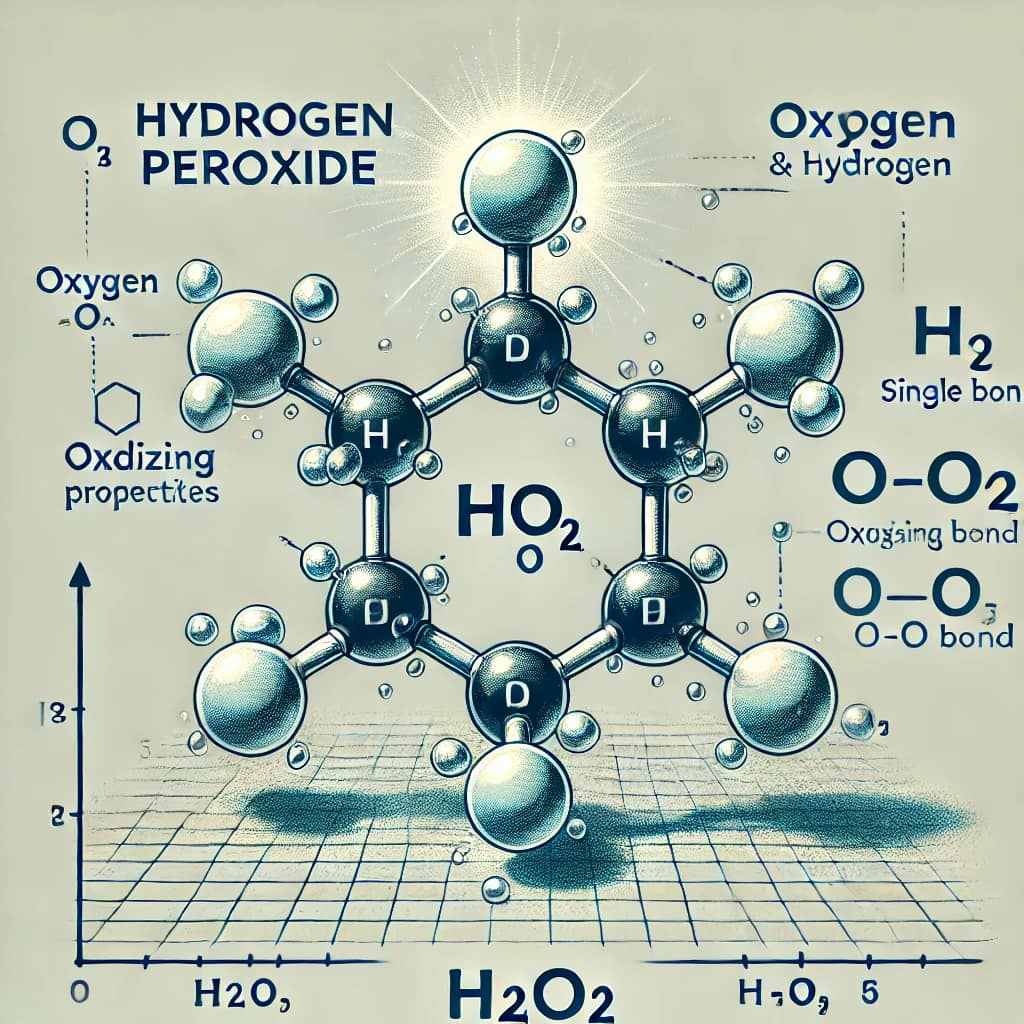
Hydrogen peroxide may be a staple in household first aid kits, but its industrial-grade counterpart is far from harmless, making it a top chemical hazard to watch out for in 2025. While lower concentrations of hydrogen peroxide are used for disinfecting cuts and scrapes, industrial formulations can be as high as 90%, presenting a serious health hazard if mishandled. This colorless, reactive liquid is widely used in industries such as textiles, paper bleaching, and
wastewater treatment, where it serves as a powerful oxidizing agent. However, these same properties make hydrogen peroxide a hazardous substance when it comes to human health. Exposure to high concentrations can result in severe skin irritation, eye damage, and respiratory irritation, particularly when vapors are inhaled. Accidental ingestion or contact with high-concentration hydrogen peroxide can lead to internal burns and acute toxicity, making hazard recognition and proper safety protocols essential. To minimize exposure and protect worker
safety, engineering controls like proper ventilation and containment are crucial in handling hydrogen peroxide safely. Personal protective equipment (PPE), including gloves, goggles, and protective clothing, is necessary to prevent dermal contact and eye injuries. Employers must prioritize hazard communication by providing workers with safety data sheets (SDS) and ensuring adherence to permissible exposure limits (PELs). Proper labeling of containers and thorough training on the risks and safe handling of hydrogen peroxide are essential to reduce the risk of accidental exposure. Although it is often
underestimated due to its common household uses, hydrogen peroxide in industrial settings is a hazardous material that requires stringent safety measures to prevent serious health risks and ensure occupational safety and health.
Strategies To Control And Prevent Exposure In 2025

“Prevention is always more effective than treatment when it comes to chemical exposure.”
Controlling and preventing exposure to hazardous chemicals is the cornerstone of occupational safety, especially in 2025, where evolving industries present new challenges for managing chemical hazards. Effective strategies to minimize exposure and protect human health involve a comprehensive approach that integrates engineering controls, administrative practices, and the use of personal protective equipment (PPE). Engineering controls, such as local exhaust ventilation, closed systems, and automated processes, are fundamental in limiting the release of toxic substances into the work environment. Administrative
controls, including hazard communication, safety data sheets (SDS), permissible exposure limits (PELs), and regular training sessions, help ensure that workers are well-informed and follow safe handling procedures. Moreover, PPE—such as gloves, goggles, respirators, and protective clothing—serves as the last line of defense against chemical exposure, preventing direct contact with harmful chemicals and mitigating health risks.
Preventive measures like work practice controls, medical surveillance, and biological exposure indices (BEIs) are also crucial in safeguarding worker safety and health. By recognizing the routes of exposure—such as inhalation, dermal contact, and ingestion—employers can implement targeted strategies to reduce employee exposure. Additionally, hazard recognition, proper labeling systems, and effective signage are essential in ensuring that all hazardous materials are correctly identified, thereby minimizing the risks posed by toxic substances and corrosive chemicals. Ultimately, preventing occupational exposure is not
just about compliance; it is about creating a culture of safety that prioritizes human health, actively reduces harmful chemical exposures, and maintains a safe, sustainable work environment.
The Vital Role Of Hazard Communication And Training
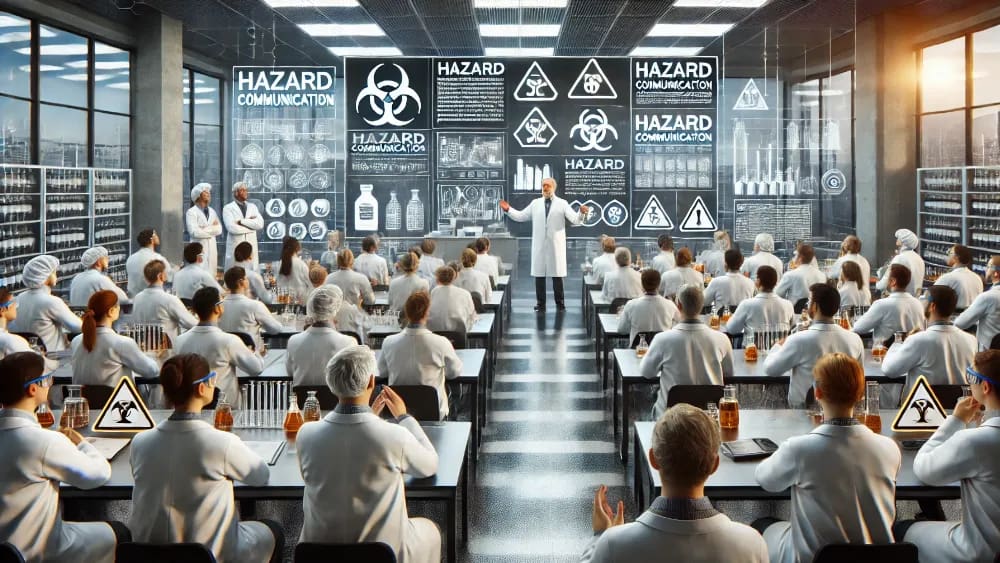
“Knowledge is the first line of defense against workplace chemical hazards”
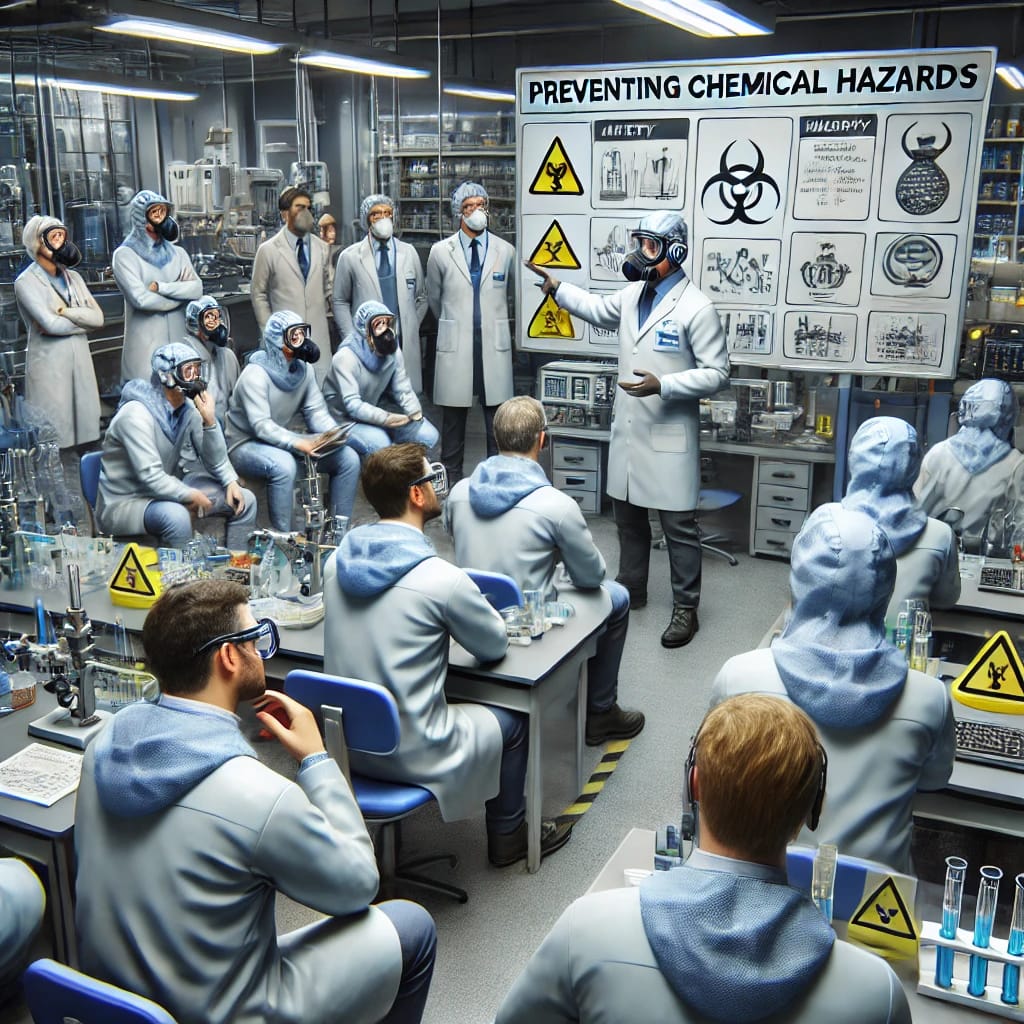
Hazard communication and training are integral components of chemical safety, ensuring that both employers and employees understand and mitigate the risks associated with hazardous materials in the workplace. OSHA’s Hazard Communication Standard (HCS) forms the foundation of this effort, requiring that chemical manufacturers evaluate their products and communicate hazards through consistent labeling and Safety Data Sheets (SDS). The Globally Harmonized System (GHS) plays a
key role in this communication process by providing standardized symbols and labels that are universally understood, thereby bridging language barriers and promoting a common understanding of chemical hazards across borders. Effective hazard communication starts with recognizing that chemicals present a wide variety of potential dangers, from acute toxicity and corrosive damage to chronic health effects like lung disease, reproductive toxicity, or even carcinogenicity. To address these hazards
comprehensively, the HCS requires employers to develop a written hazard communication program that includes labeling, SDS, and proper worker training. Regular and comprehensive training ensures that employees are familiar with all routes of exposure (e.g., inhalation, skin contact, or ingestion), and understand preventive measures, such as engineering controls, work practice controls, and the use of PPE to protect themselves against exposure to toxic substances. Training also involves empowering workers to take an active role in their own safety. This means educating them on the potential health effects of various
chemicals, such as allergic reactions, respiratory irritation, or more serious health impacts like cancer or birth defects. Workers must be taught to read SDS to gather detailed information on the physical properties and health risks associated with the chemicals they handle. They also learn to recognize safety signs and pictograms that indicate specific hazards, including those associated with physical hazards like flammable or explosive materials. Beyond hazard recognition, training is designed to instill proper chemical handling techniques. This includes understanding permissible exposure limits (PEL), the importance of
ventilation, and how to implement lockout/tagout procedures to control hazardous energy during maintenance tasks. Workers are trained to inspect labels, understand GHS pictograms, and interpret the precautionary statements associated with each chemical, which offer instructions on how to store, use, or dispose of hazardous substances safely. The overall goal of hazard communication and training is to reduce occupational exposure to hazardous chemicals, thereby preventing harmful effects on human health. This involves proactive hazard recognition, using appropriate PPE, and adhering to established protocols for
handling and storing chemicals. A well-implemented hazard communication program, supported by continuous training, helps foster a safety culture that minimizes risks, reduces employee exposure, and ensures that workers are equipped to handle emergency situations involving hazardous materials. When all levels of the workforce—from entry-level workers to safety officers—understand the hazards and the control measures in place, they contribute to creating a safer, more informed workplace that prioritizes human health and the environment.
Protecting The Environment: Minimizing Hazardous Waste
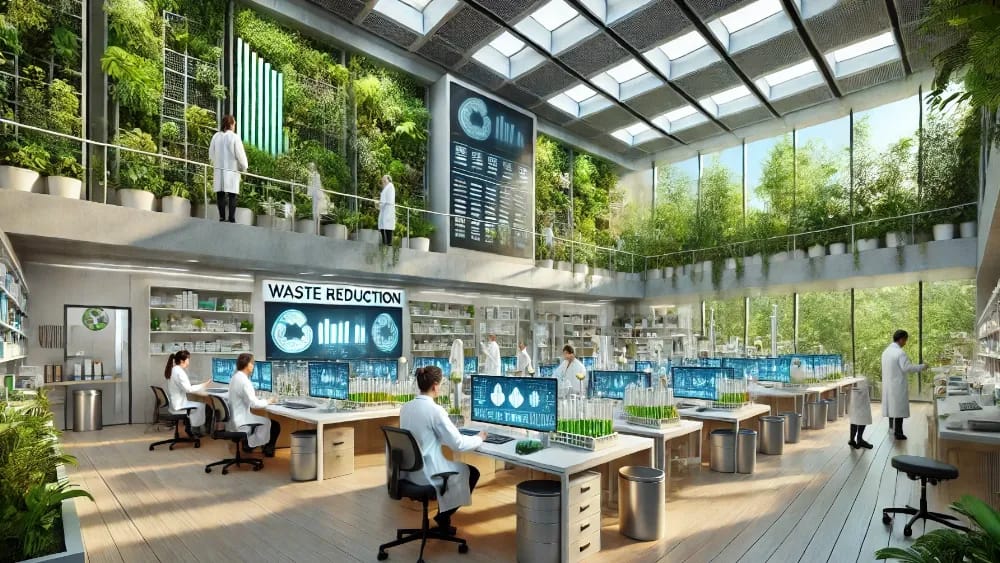
Effective waste minimization is not just a regulatory requirement—it’s an environmental responsibility.
Here’s an in-depth list about “Protecting The Environment: Minimizing Hazardous Waste” that highlights best practices and approaches to ensure both safety and environmental sustainability.
These best practices collectively help reduce the environmental impact of hazardous waste, safeguard human health, and promote a sustainable approach to chemical management. By applying stringent regulations, training employees, and adopting advanced waste management practices, companies can ensure they are actively protecting the environment.
Looking Ahead: Future Trends in Chemical Safety
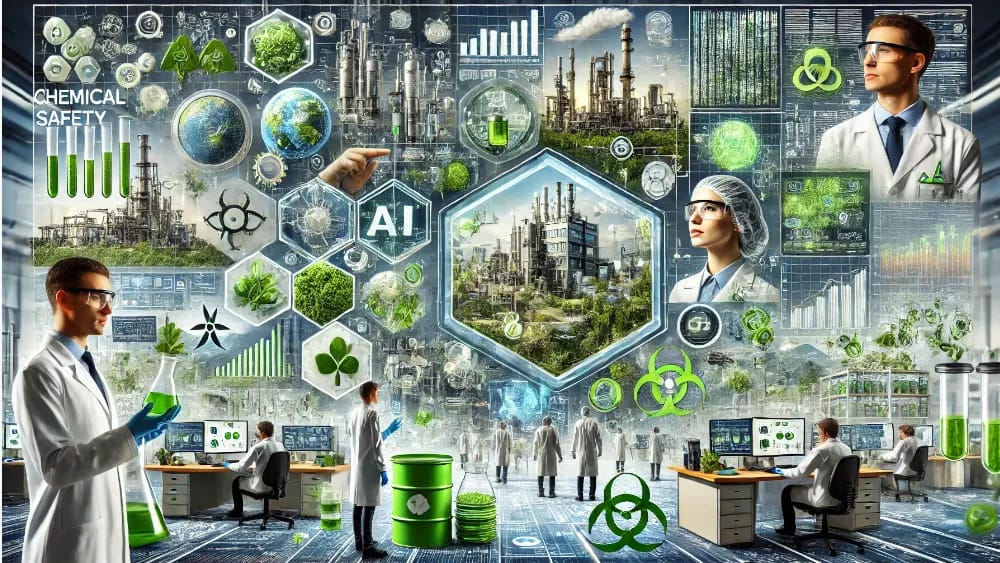
“The future of chemical safety lies in proactive, technology-driven approaches that prioritize human and environmental health.”
Here’s an insightful list on “Looking Ahead: Future Trends in Chemical Safety,” focusing on how technology and evolving practices are reshaping chemical safety in the workplace:
By embracing these trends, organizations can foster a proactive safety culture that addresses the actual risks associated with chemical hazards, protects human health, and aligns with evolving regulatory expectations. The future of chemical safety is defined by technology, a greater emphasis on worker wellbeing, and the integration of sustainable practices—all critical components to reducing the adverse health effects of hazardous substances in the workplace.
Conclusion: The Path To A Safer Workplace
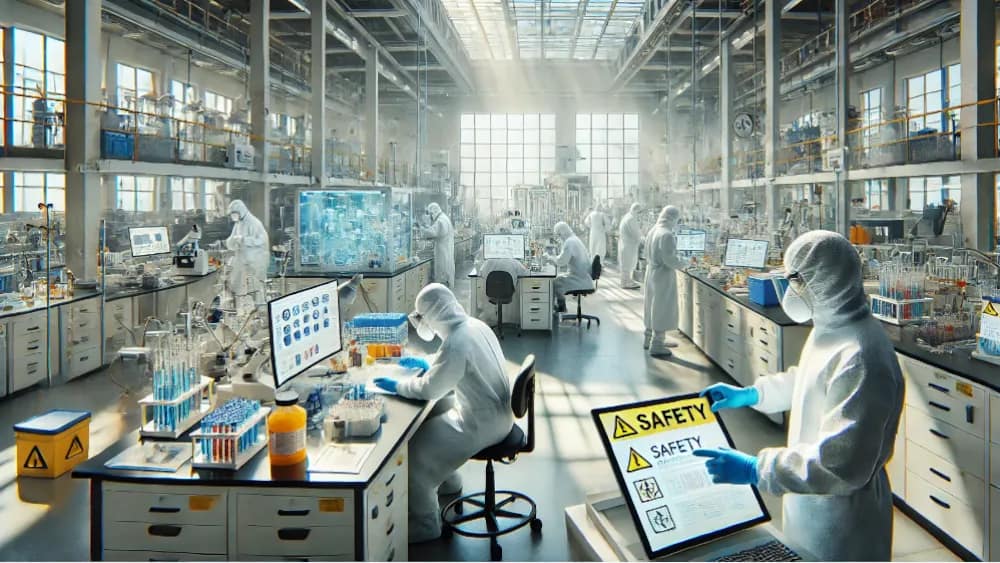
In conclusion, fostering a safer workplace is a continuous journey that requires a comprehensive approach, incorporating proper training, consistent hazard recognition, and a commitment to safety from all levels of the organization. Effective management of chemical hazards is critical in minimizing employee exposure to hazardous chemicals, protecting human health, and preventing incidents that may cause respiratory irritation, burns, or allergic reactions. Employers need to establish solid occupational safety programs that include engineering controls, personal protective equipment, and work practice controls
to manage health risks effectively. Ensuring compliance with OSHA standards, such as providing adequate training, maintaining proper labeling systems, and enforcing the use of PPE, is crucial in reducing exposure to harmful chemicals and ensuring worker safety. Safety culture plays a key role in creating and maintaining a safe workplace. Employers must be proactive in recognizing and addressing hazards, involving employees in safety planning, and ensuring that safety protocols, such as those outlined by OSHA, are integrated into everyday work processes. By doing so, companies not only improve occupational safety
and health but also foster a work environment where employee well-being is prioritized. This ultimately contributes to a more productive and engaged workforce, with lower occupational exposure risks and fewer health effects related to chemical substances.
Summary
The blog “Top 10 Most Common Chemical Hazards – How To Avoid Them in 2025” provides a comprehensive guide to understanding and mitigating chemical risks in modern workplaces. It begins with an introduction to the evolving nature of chemical hazards and their impact on occupational safety, emphasizing the importance of regulatory compliance with OSHA standards and the critical role of Safety Data Sheets (SDS). The post identifies the top 10 hazardous chemicals to watch out for, including substances like asbestos, benzene, and formaldehyde, detailing the health risks associated with each and
offering practical prevention strategies. It highlights the common routes of exposure, such as inhalation and dermal contact, that can cause serious health issues like cancer and lung disease. The blog outlines effective preventive measures through the Hierarchy of Controls, stressing the importance of engineering controls, administrative measures, and personal protective equipment (PPE). It also underscores the need for proper chemical waste handling, hazard communication, and worker training to reduce risks. Future trends in chemical safety are explored, with advancements in PPE and engineering controls
poised to shape safer work environments. Ultimately, the blog emphasizes the importance of regular workplace inspections, hazard assessments, and proactive training to foster a culture of safety. This detailed guide equips both employers and employees with the knowledge to control and avoid chemical hazards, ensuring a safer and healthier workplace in 2025.
FAQ
Articles Related To The Topic
Futher Resources For More Reading
Follow Us
Related Articles
Gallery
Site Built By Kadence
Copyright@2025 Bunker41 – All Rights Reserved




